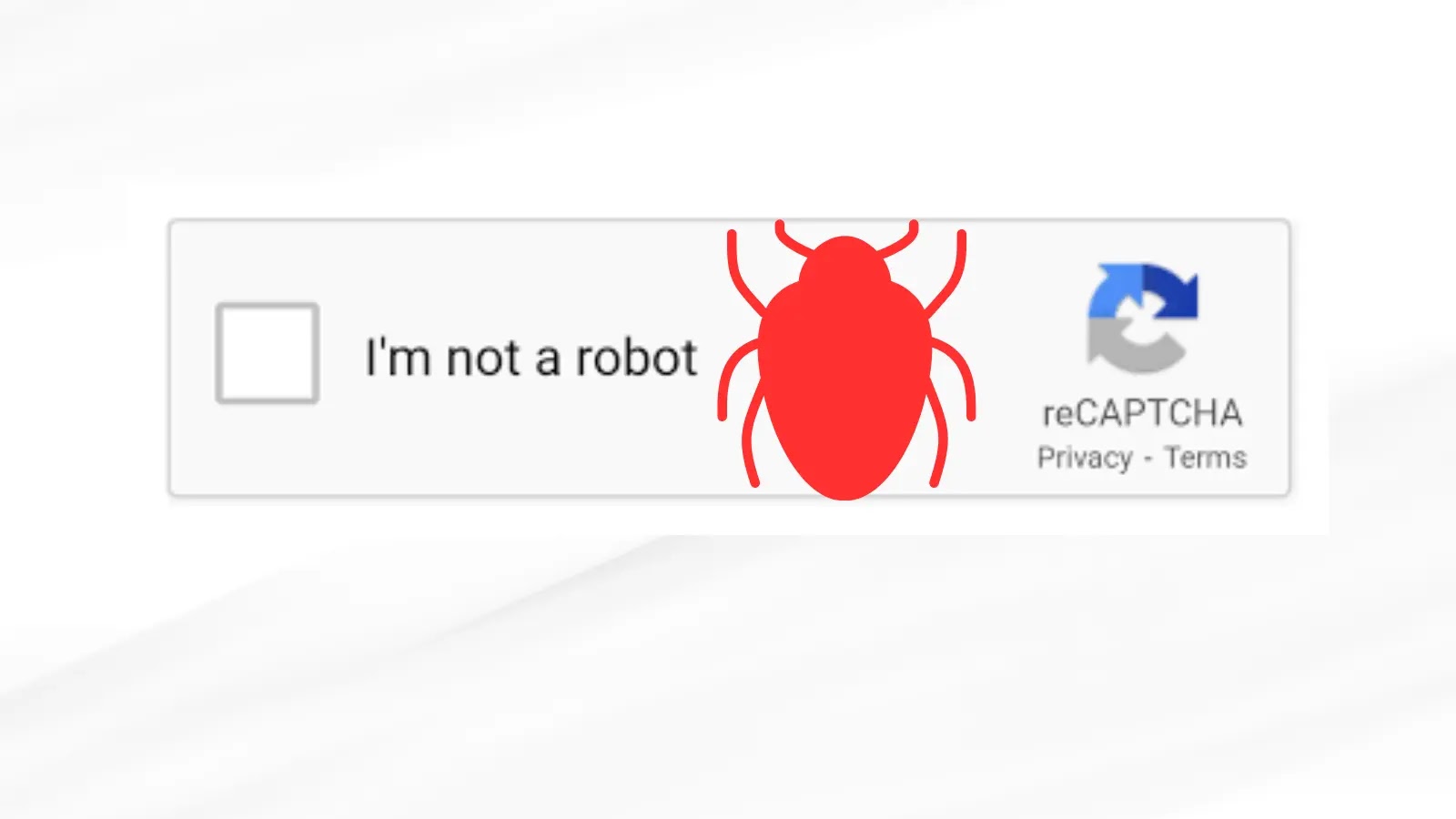

Explore the intricacies of the ClickFix CAPTCHA scam, a disconcerting trend in cyber threats that manipulates standard CAPTCHA interactions to spread ransomware and other malicious software like banking trojans.
Understanding ClickFix: An Emerging Threat in Cyber Security
The term ClickFix employs fake CAPTCHA verifications to dupe users into executing harmful commands. By masquerading as a routine security check, it leverages the inherent trust that users place in CAPTCHA systems designed to verify human users online.
How ClickFix Works
In seemingly benign steps, users are deceived into pressing a series of keystrokes that ultimately facilitate the installation of malware:
- Initiation of a malicious script through a deceptive pop-up designed to look like a common bot verification interface.
- Execution of pre-scripted commands hidden in the user’s clipboard, usually leading to the download of harmful software.
Exploitation of User Trust
This technique begins its deception at a compromised or malicious website, imitating regular verification processes to set the stage for deeper infiltration.
Tactics Employed and Malware Deployed
Keylogging and Ransomware Introduction via ClickFix are chief concerns. Such attacks often prepare the groundwork for more intricate exploits, involving:
- Use of the Run dialog box (Windows Key + R) to insert malicious code.
- Automated execution of this code, leading to anything from infostealers to robust ransomware like Qakbot, a known banking trojan.
Combating the ClickFix Scam
Defense strategies focus on disrupting the malware delivery networks, enhancing detection capabilities, and educating users about sophisticated phishing tactics.
For additional layers of protection and insights into combating CAPTCHA-based attacks, refer to ongoing security analyses and reports available at DarkAtlas and explore advanced security solutions.
Related: New Crocodilus malware steals Android users’ crypto wallet keys
Last Updated: March 30, 2025




